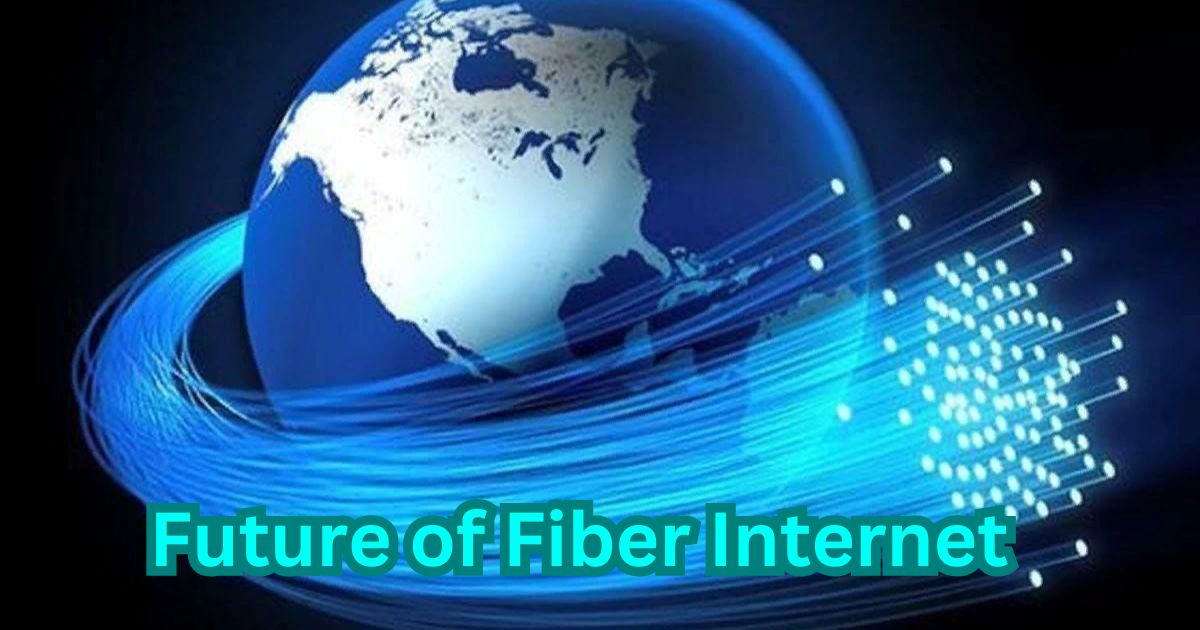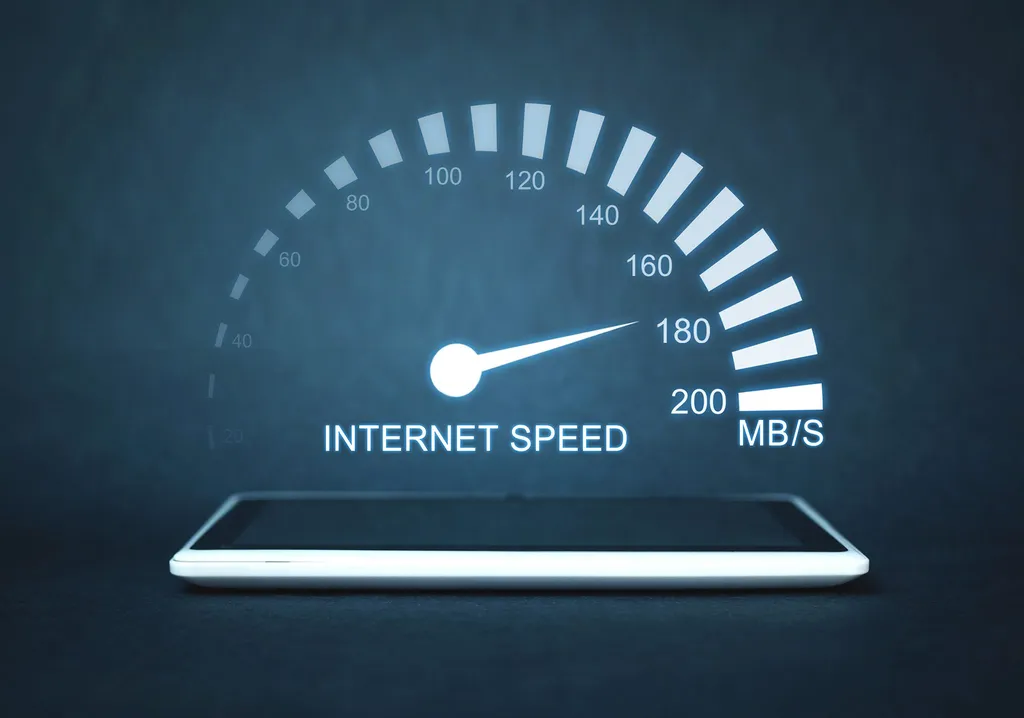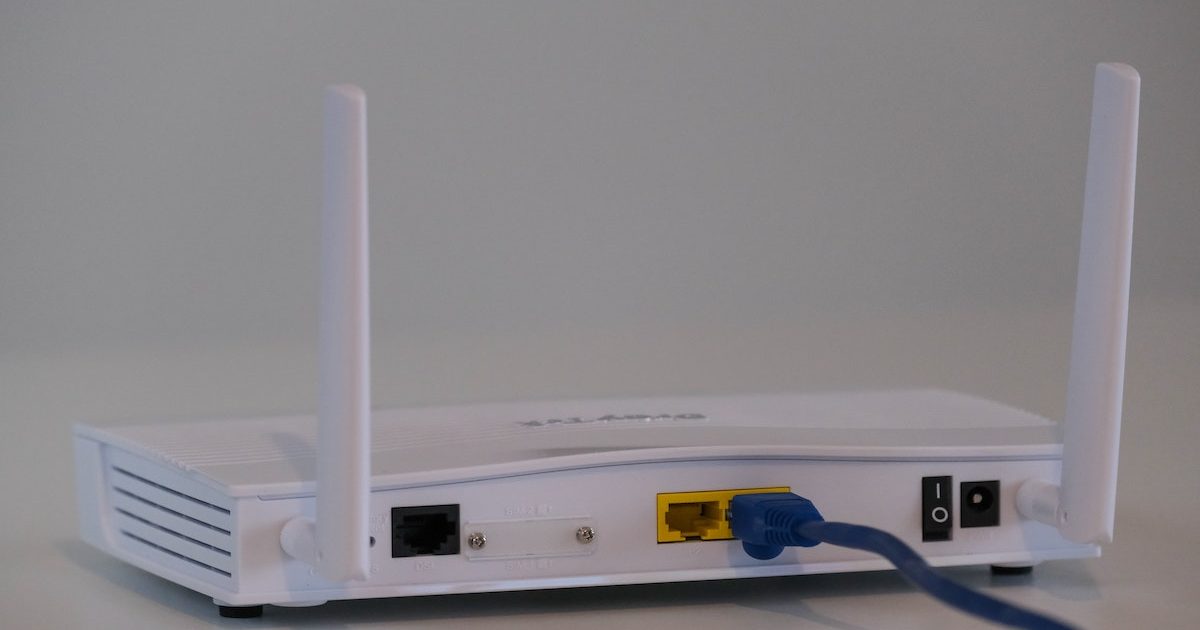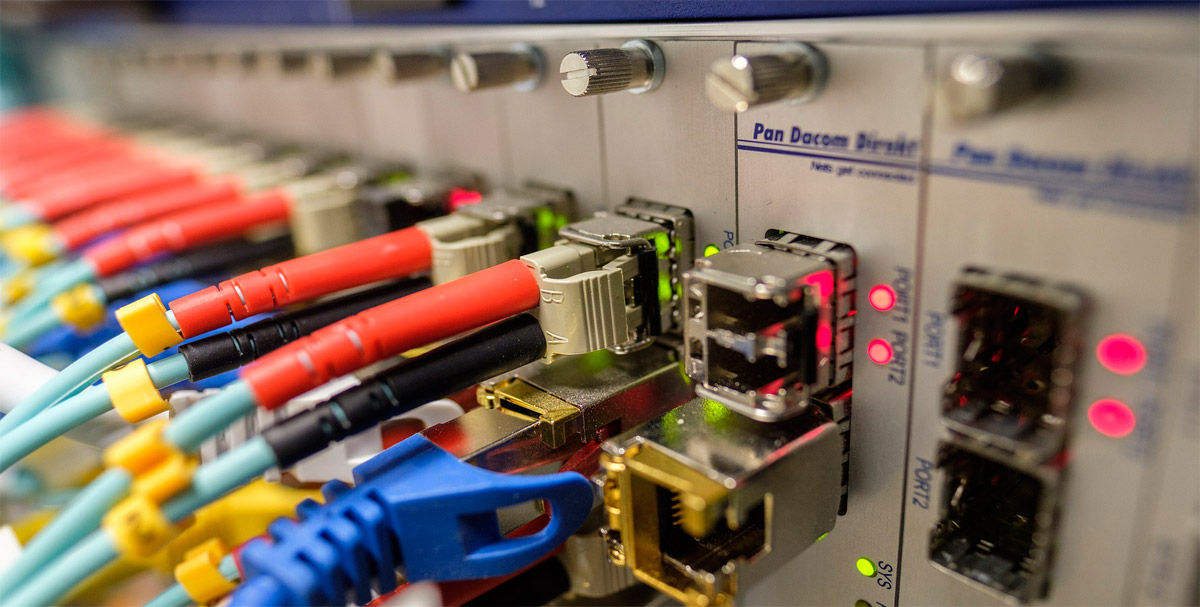Hello, how are you? I hope you are happy in life, welcome to our blogs! I hope you like this article of mine. I try to share with you about fiber Internet in every article.
I always try to share with you the knowledge that no blogger has given you before today. Let’s go ahead and get complete information about the Future of Fiber Internet.
Introduction
Fiber-optic internet, with its unmatched speed and reliability, has revolutionized global connectivity. As we approach 2030, the evolution of fiber technology promises to redefine the digital landscape, unlocking possibilities that were once confined to the realm of science fiction. This article explores the anticipated advancements, societal impacts, and challenges of fiber internet in the next decade.
The Current Landscape of Fiber Internet
Fiber-optic technology is based on transmitting data as light through thin glass or plastic strands, enabling unparalleled bandwidth and low latency. With speeds reaching up to 1 Gbps (and even higher in experimental setups), fiber has become the gold standard for internet infrastructure.
Major nations are racing to expand fiber networks, driven by demand for 4K streaming, cloud computing, and remote work. As of 2024, fiber internet reaches approximately 30% of households globally, with higher penetration in developed regions like North America, Europe, and parts of Asia.
However, barriers such as installation costs, geographic challenges, and legacy infrastructure have limited its universal adoption. The next six years are poised to address these obstacles, ushering in a future where fiber is the backbone of connectivity.
Predictions for Fiber Internet by 2030
1. Ubiquity and Accessibility
By 2030, fiber-optic networks are expected to blanket the majority of urban and suburban areas, with significant inroads into rural regions. Governments and private entities are likely to collaborate on initiatives to reduce deployment costs, such as using shared infrastructure or aerial fiber cables.
- Key Development: The use of novel materials like hollow-core fibers could lower costs and increase data transmission efficiency.
- Global Reach: Projects like Google’s Taara and similar efforts to use wireless optical links in tandem with fiber will close the connectivity gap in underserved areas.
2. Exponential Speed and Capacity
The fiber networks of 2030 will likely offer speeds exceeding 10 Gbps for residential users and up to 1 Tbps for enterprise solutions. Advances in wavelength-division multiplexing (WDM) and quantum communication will push data limits beyond current expectations.
- Future Technologies: Optical amplifiers and AI-driven network management systems will ensure consistent, high-speed connections even during peak usage.
3. Foundation for Smart Cities
Fiber internet will form the nervous system of smart cities, enabling seamless integration of IoT (Internet of Things), autonomous transportation, and intelligent energy grids. Cities will rely on fiber’s low latency for real-time data processing, enhancing urban efficiency and sustainability.
- Applications: Intelligent traffic systems, telemedicine, and augmented reality (AR)-based urban planning will be commonplace.
4. Catalyst for Emerging Technologies
Fiber networks will unlock the full potential of technologies like the metaverse, extended reality (XR), and edge computing. By 2030, immersive virtual experiences will become a staple of education, entertainment, and professional collaboration, thanks to the robust infrastructure provided by fiber optics.
- Case Study: Remote surgeries conducted through 8K video feeds and haptic feedback systems will depend on ultra-low-latency fiber networks.
5. Environmental Impacts and Sustainability
Fiber internet’s energy efficiency will make it a critical component of green digital transformation. Unlike legacy copper networks, fiber consumes significantly less power, contributing to the global push for carbon neutrality.
- Eco-Initiatives: Recycling programs for old fiber cables and innovations in manufacturing will further enhance sustainability.
Challenges and Considerations
While the future of fiber internet is bright, several hurdles remain:
- Infrastructure Costs: Although deployment costs are expected to decrease, initial investments in remote areas may remain high.
- Cybersecurity Risks: As fiber networks become ubiquitous, they will be prime targets for cyberattacks. Innovations in quantum encryption will be essential.
- Digital Equity: Bridging the digital divide will require not just fiber access but also affordability and digital literacy initiatives.
A Glimpse Into 2030
By 2030, fiber-optic internet will likely transcend its role as a utility, becoming a cornerstone of modern life. Its evolution will enable a hyper-connected world, where seamless communication and innovation drive economic and social progress. From revolutionizing healthcare and education to empowering sustainable development, fiber will underpin a future limited only by human imagination.
As nations, industries, and individuals prepare for this transformative decade, one thing is clear: the future is fiber-optic, and it is arriving faster than ever.
Conclusion
Fiber internet in 2030 will not just be about faster speeds; it will be about reshaping how we interact with technology, society, and the environment.
As we lay the groundwork for this fiber-optic future, the emphasis must be on inclusivity, sustainability, and innovation. The race to 2030 is not just a technological journey—it is a leap toward a more connected and equitable world. For more Fiber Internet information check the internetgainer.



